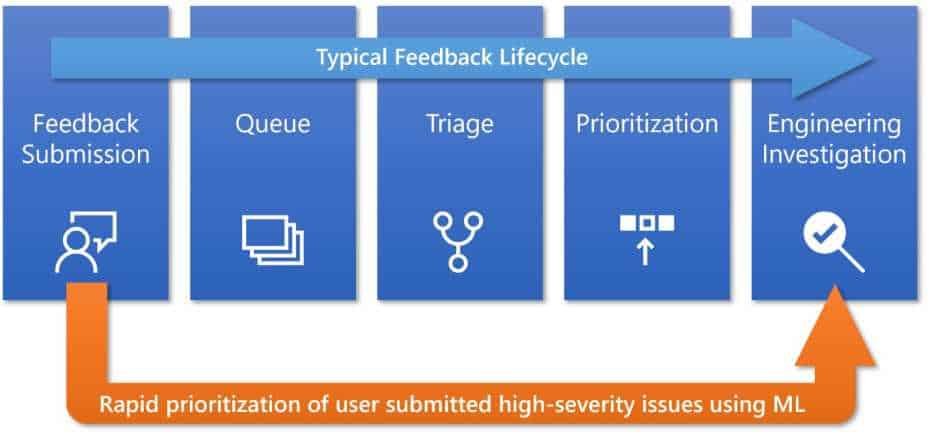On October 2, 2018, Microsoft began promoting Windows 10 October 2018 Update. On October 6, the company withdrew the update, after some users reported that files were deleted from the "Documents" folder.
This week, Microsoft finally outlined what it learned and what it changed that we won't experience its big moments again Windows 10 October 2018 Update.
The company in a nutshell accepted that AI, the telemetry data and the total procedure it cannot be trusted on its own, so it gives control back to its users.
Microsoft did these days many announcements that seem to be immediate answers to the 2018 fiasco.
Microsoft: Changes
The clearest announcement is that the next major update will be called the Windows 10 May 2019 Update (instead of the April 2019 Update). So it will not be released this month as expected, because it has not yet gone through the Release Preview Ring for Windows Insiders. Recall that the October 2018 version bypassed the Release Preview Ring and was released immediately to consumers with disastrous results. According to the company, the next version will be released "at the end of May" but this is just one of the changes that Microsoft is preparing.
Data changes
In previous versions, the updates Windows 10 features started automatically "once our data gave us confidence that the device would have a good update experience."
Subsequent feature updates will spend more time in the Release Preview Ring, so Microsoft will be able to gather more compatibility and performance data. The company will also work more closely with OEMs as well as independent software vendors (ISVs).
OEMs will begin building new computers and devices with the latest version of the operating system, and will try out updates during construction with their employees.
Microsoft, on the other hand, will be checking internally for the latest feature updates and encouraging employees to do the same with their personal devices. More users to test and more time will result in more data.
AI is changing
But most data do not mean much if the company can not analyze them properly. Microsoft promises to make "significant new investments" in AI to be able to "identify critical issues on a scale".
Microsoft says it uses natural language processing (NLP by natural language processing) and machine learning (ML) to identify serious issues faster, even when very few people have reported them.
The company says it has improved the grouping, classification and routing of the approximately 20.000 daily comments it receives from Insiders so that top issues can be explored directly by engineers. 
Microsoft also claims that the ML inteligent rollout model can now better differentiate devices that can have a good updating experience. The model uses new criteria so that it can be trained in a wider range of subjects.
User Modifications in Windows 10
Eventually, however, Microsoft decided that all of the above was not enough. The strategy that brought the October 2018 update needs to change. Thus, the company gives users control in four ways, starting with the May 2019 Update:
The "Download and install now" option: he is one separate control to start the installation of a feature update to eligible devices that have no known compatibility issues.
Therefore, users will be able to start installing feature updates on their own, although when Windows 10 approaches the end of support, Windows Update will do it automatically. Users will still be able to use "Check for updates" to receive monthly quality and security updates.
Extended ability to pause updates for both features and monthly updates to all versions of Windows 10, including the Home Edition. All users will be able to stop all updates for up to 35 days. But once the 35 days have passed, they will need to update their device to be able to use the pause function again.
Intelligent active hours to avoid system interrupts from restarting. Active hours, first released with Windows 10 Anniversary Update, is manually set to 8 a.m. - 5 p.m. by default. Windows Update will be able to intelligently adjust active hours according to user-specific usage patterns.
Improved orchestration of updates (update orchestration) to improve system response. This feature promises to coordinate and perform Windows updates and Microsoft Store updates when users are away from their devices.
Windows 10 users who have been "burned" by an update will most likely see all of the above as a victory. It's certainly a win-win for all users who have had problems with updates, but it's not a win for Microsoft. Immediate updates are critical to performance, stability and, most importantly, security.
The sooner Microsoft understands how it can analyze the AI data it collects, the better off the 800 million devices running Windows 10.





